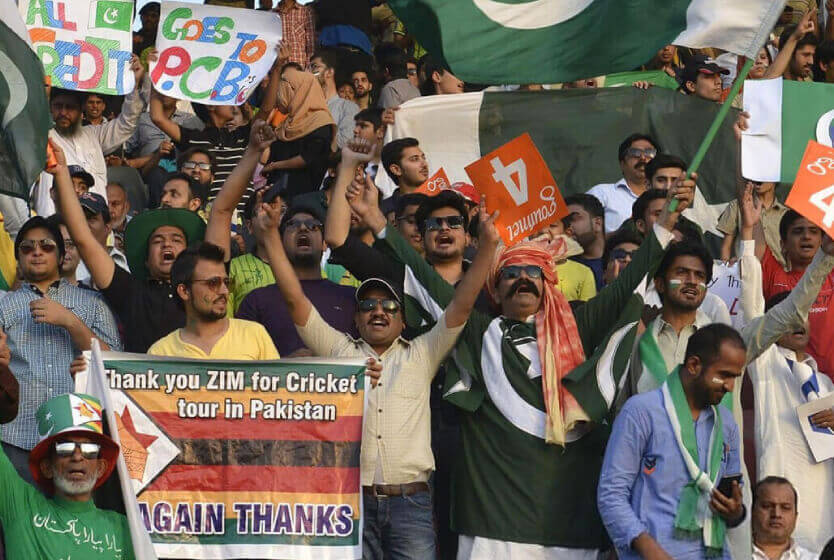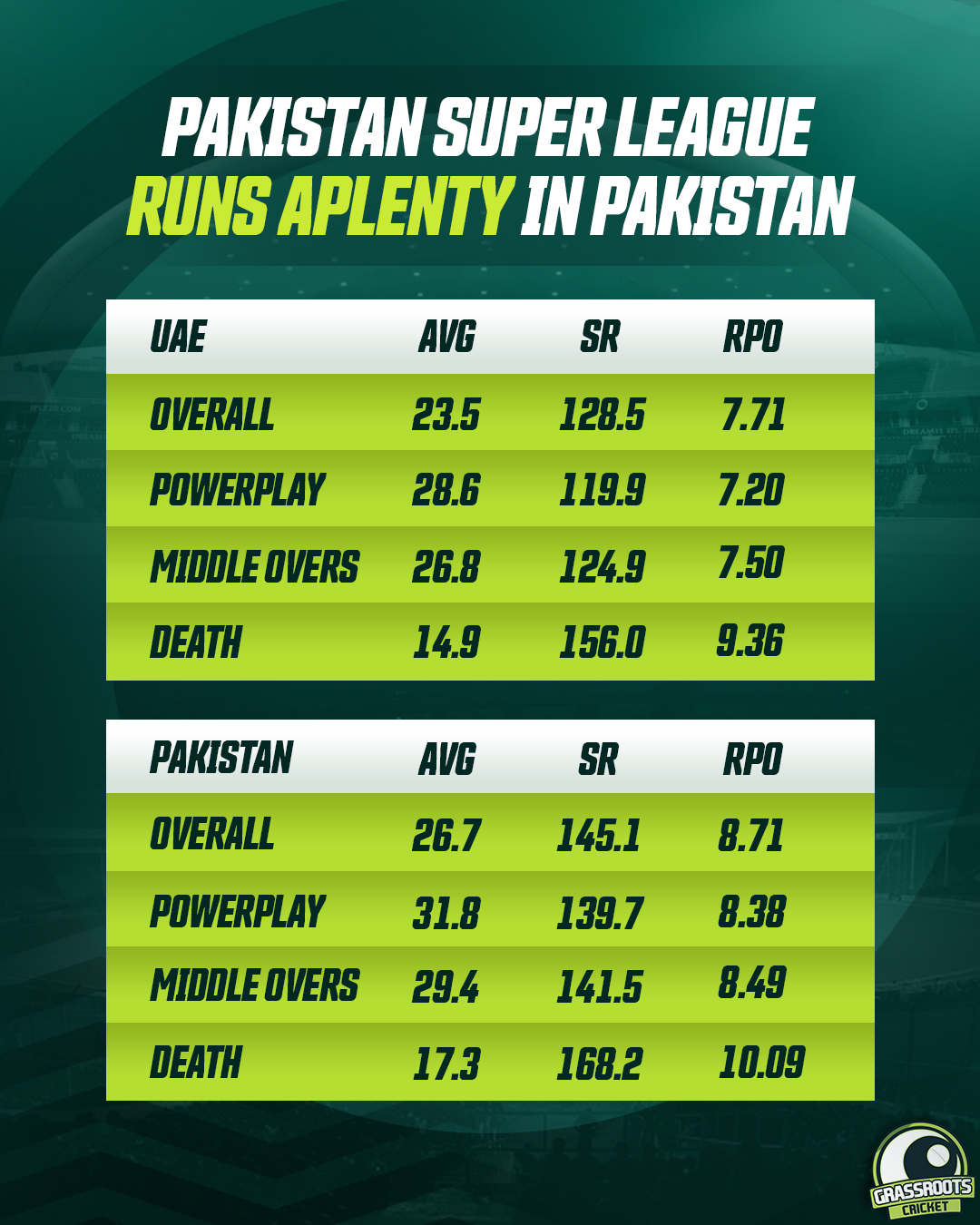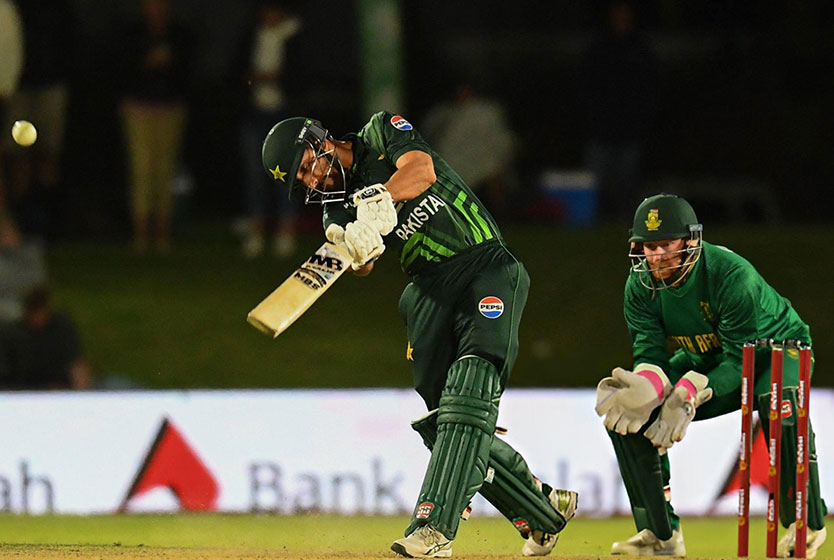
31 May 2015: The Day Cricket Returned to Pakistan
Six years on, we look at the long-term effects of Pakistan’s isolation and how things have improved.
Around two weeks before the tour, there was confusion; will Zimbabwe come or not? Will the ICC be willing to send its officials? A few months ago, there had been an attack on two churches in Lahore, so the law and order situation wasn’t ideal. Zimbabwe Cricket also issued a press release stating that the tour was suspended. However, they retracted the statement after 15 minutes. A couple of days later, both cricket boards confirmed that the series would go forward as it was supposed to.
ICC decided against sending officials for this tour and asked PCB to appoint local umpires. Among those who were appointed was Ahsan Raza. Ahsan was shot twice in the 2009 attack and had damaged his lung in the process. Recounting the incident, he said, “For 29 days, I was in the hospital. It was a big miracle that I survived.” Ahsan’s story is just one among many more survival stories of players, police officers, and bus drivers, among others.
Security Measures in 2015 vs. 2020
Among all this mess, I convinced my parents to let me go to the Gaddafi Stadium for one match. This was for the 3rd One Day International of the series. Little did I know that I would witness Babar Azam, now the world’s number 1 ranked ODI batsman, debut in his home conditions. Due to security measures, the Gulberg Main Boulevard, one of the city’s busiest roads, was blocked when I reached the areas. We parked our cars a significant distance away from the stadium. Then, we walked the remaining 1 KM+ distance, along with hundreds of other supporters.
Compare that to when I last visited the stadium during the T20I series between Bangladesh and Pakistan in January 2020. At that time, at least half of Main Boulevard was open for traffic, and there were proper traffic plans to avoid congestion and designated parking spots. There, you would park your vehicle and go by a shuttle service to the stadium’s gates.
While the situation is a lot more relaxed now than five years ago, there’s still a significant amount of inconvenience caused by the matches. This is something that will hopefully continue to improve in the future.
Views of Cricketers About Playing in Home Conditions
Only six players in Pakistan’s T20I squad for the series had played an international match at home before this tour: Shahid Afridi, Sarfaraz Ahmed, Mohammad Hafeez, Shoaib Malik, Wahab Riaz, and Mohammad Sami. Umar Akmal, one of the home debutants, was part of the squad that played against Zimbabwe in Lahore. He remarked that cricketers often take playing at home for granted and said that not playing in home conditions takes its toll on the players.
Pakistan’s current captain, Babar Azam, spoke about the importance of crowd support before the recently held series against Zimbabwe as well. He reiterated the importance of home matches. “The crowd has always supported us, and we got so much love from them when cricket recently began to come back to Pakistan. Unfortunately, Covid-19 means the crowd isn’t allowed. We’ll definitely miss them because you always get a boost from the crowd. We got a lot of support during the National T20 Cup, and we hope to get the same during the Zimbabwe series.”
Head Coach Misbah-ul-Haq, also added similarly: “Playing in home grounds is always encouraging for the players. It reflected in our performances in the series against Sri Lanka and Bangladesh last year.”
A mainstay at the top of the Test team for the last few years, Shan Masood highlighted another interesting point. “If you look at the best players in Test cricket, their home records are superior to away records. You are more familiar with the atmosphere and the pitches and enjoy crowd support, and that was one thing that was missing from Pakistan cricket. I feel when we play at home, we’ll see different performances. Then, the confidence of those performances will be reflected in away tours as well.”
Damage To Pakistan’s Test Cricket Due To No “Home” Tests
Pakistan’s Test Batting Run Rates in Different Countries Since 2010
| Host Country | Run Rate |
| Bangladesh | 3.57 |
| Pakistan | 3.34 |
| Sri Lanka | 3.21 |
| South Africa | 3.19 |
| England | 3.10 |
| Australia | 3.09 |
| U.A.E. | 2.99 |
| Zimbabwe | 2.97 |
| West Indies | 2.76 |
| New Zealand | 2.63 |
Playing at home also has some long-term effects that we are yet to see. According to statistics, the top Test-playing countries start their work at home and start winning away tours after at least a couple of years.
Imran Khan is one of the most celebrated cricketers in Pakistan and was probably the best captain in Pakistan’s cricketing history. In his first four years of Test captaincy, Khan won only two away Tests. Pakistan lost a Test series in England and Australia while a series in Sri Lanka was tied, 1-1. In the next four years, Khan led Pakistan to series wins in India and England and stole a Test win against the mighty West Indies in an away series in 1988; however, the series ended in a draw. This also shows that Test wins away from home are difficult to get, and it takes years to win a series abroad, especially outside Asia.
So Pakistan’s 10-year exile from 2009 to 2019 really damaged any chances of improvement in Pakistan’s record in Tests, both home and away. Pakistan’s players had to adapt to the pitches of the UAE, which were quite different from the ones in Pakistan. They still did that exceedingly well, though.
Things are starting to change for the better, with Test-playing nations starting to tour Pakistan again. Initial affectees Sri Lanka toured in 2019/20, and Bangladesh and South Africa in 2021. Winning all these tours wasn’t as challenging as it would be against the top nations of the cricketing world on their home grounds. In 2022, the home Test season is set to become more competitive. Australia, England, and New Zealand are scheduled to play Tests in Pakistan as a part of the World Test Championship Cycle 2021-23.
Effect of Playing T20 Cricket in the UAE
The familiarity and ease of playing cricket at home is now showing in Pakistan’s playing style, too. Pakistan has lost only 5 out of 21 T20Is held at home since 2015.
Pakistan Super League (PSL) is now considered a leading source of international-level cricketers for the country. Over the years, PSL has also shifted matches to Pakistan from the UAE, with the 2019 edition being the first one held completely in Pakistan. The scoring rates and average show the difference in performances in the UAE and Pakistan.
Pakistan’s adoption of the UAE has also impacted the team’s performance in other ways. The local conditions make the pitches in the UAE very slow and dead compared to pitches in other countries.
Pakistan’s T20I Batting Run Rates in Different Countries
| Host Country | RPO |
| Pakistan | 8.60 |
| South Africa | 8.40 |
| New Zealand | 8.03 |
| Zimbabwe | 7.93 |
| England | 7.84 |
| Sri Lanka | 7.57 |
| West Indies | 7.39 |
| Bangladesh | 7.05 |
| U.A.E. | 7.03 |
Conclusion
The exile of Pakistan cricket is possibly one of the biggest tragedies of cricket. It affected the PCB financially due to the additional rent of the huge stadiums of the UAE and the minimal revenue from tickets. The impact of those 2009 attacks deprived fans of enjoying moments of brilliance, like Azhar Ali scoring the first triple hundred in the history of day/night Tests or Yasir Shah taking ten wickets in a day. This wasn’t just limited to individual performances: Pakistan won the Test mace in 2016 and broke the record for most consecutive T20I series wins, winning 11 on the trot.
Better late than never, though, as cricket finally came back home!








Leave a Reply